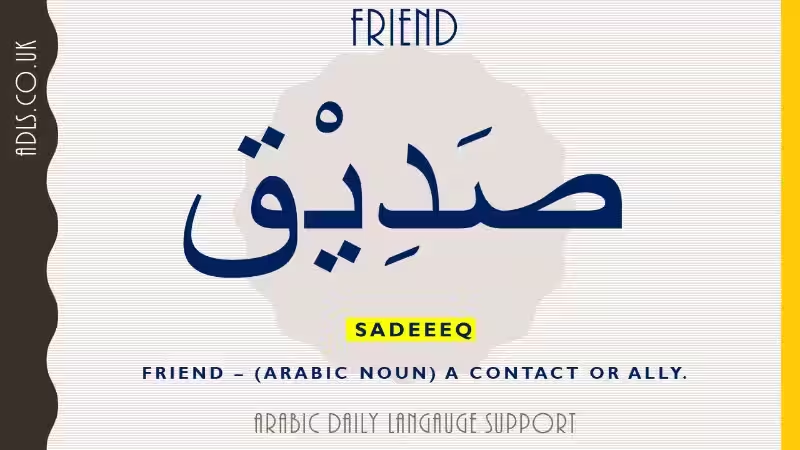
The word “here” is a fundamental concept in any language, and Arabic is no exception. While seemingly simple, understanding the nuances of “هنا” (pronounced “huna”), the most common Arabic translation for “here,” can unlock a deeper understanding of the language and its cultural context.
Beyond a Simple Translation
While “هنا” is the basic equivalent of “here” in Arabic, its usage goes beyond a straightforward translation. It’s important to remember that Arabic, like any language, is rich in subtleties and variations. The word “هنا” itself can be used in different forms and contexts, depending on the specific meaning you wish to convey.
Grammatical Variations
One crucial aspect to consider is the grammatical context of “هنا.” Depending on the sentence structure and the noun being referenced, the word might take different forms. For example, if you want to emphasize “here” you might use “هُنَا” (pronounced “huna”). This emphasizes the specific location and implies a more formal or direct tone.
Another nuance is the use of “هَذَا” (pronounced “haza”) which translates to “this” or “here” when referring to a specific object or location nearby. It’s a more specific way of indicating “here” compared to the general “هنا.” For example, “هَذَا الكتاب” (pronounced “haza al-kitab”) means “this book” and indicates a specific book present “here” in the speaker’s vicinity.
Cultural Significance of “Here”
Beyond the grammatical nuances, understanding the cultural implications of “هنا” is crucial. In Arabic culture, expressing location is linked to concepts of hospitality and social dynamics.
Hospitality and Welcoming
Saying “هنا” can be a welcoming gesture, symbolizing openness and inclusivity. It invites someone to join you, to feel comfortable and at ease in the present location. For example, if you are welcoming someone to your home, you might say “أهلاً وسهلاً، تفضل، اجلس هنا” (pronounced “ahlan wa sahlan, tafaddal, ijliss huna”). This translates to “Welcome, please come in, sit here” and conveys a warm, hospitable invitation to the guest.
Formality and Directness
In contrast, using “هُنَا” can convey a more formal or direct approach. It signifies a specific location and implies a clear expectation or instruction. You might use “هُنَا” when giving directions or pointing out a specific object. For example, if you are giving directions to a shop, you might say “التجر هُنَا” (pronounced “al-tajer huna”), which means “the shop is here” and clearly points out the location.
Practical Tools for Learning “Here”
To further enhance your understanding of “here” in Arabic, consider using these practical tools:
Word Forms and Sentences
Explore the different forms of “هنا” and how they are used in various sentence structures. Look for examples of how “هنا” and its variations are used in everyday conversations, literature, and cultural contexts. This will help you understand the nuances and subtle differences in meaning.
Translation Tools
Online translation tools can be invaluable for learning Arabic. Utilize dictionaries, translation websites, and language learning apps to practice translating “here” into Arabic and vice versa. Pay attention to the different contexts in which “هنا” is used and how it translates into English.
The Arabic word for “here” is not just a simple translation but a window into a rich cultural tapestry. By understanding the nuances of “هنا” and its variations, you gain a deeper appreciation of the language and its cultural context. Embrace the challenges and the rewards of learning Arabic, and let the beauty of this language enrich your understanding of the world around you.








